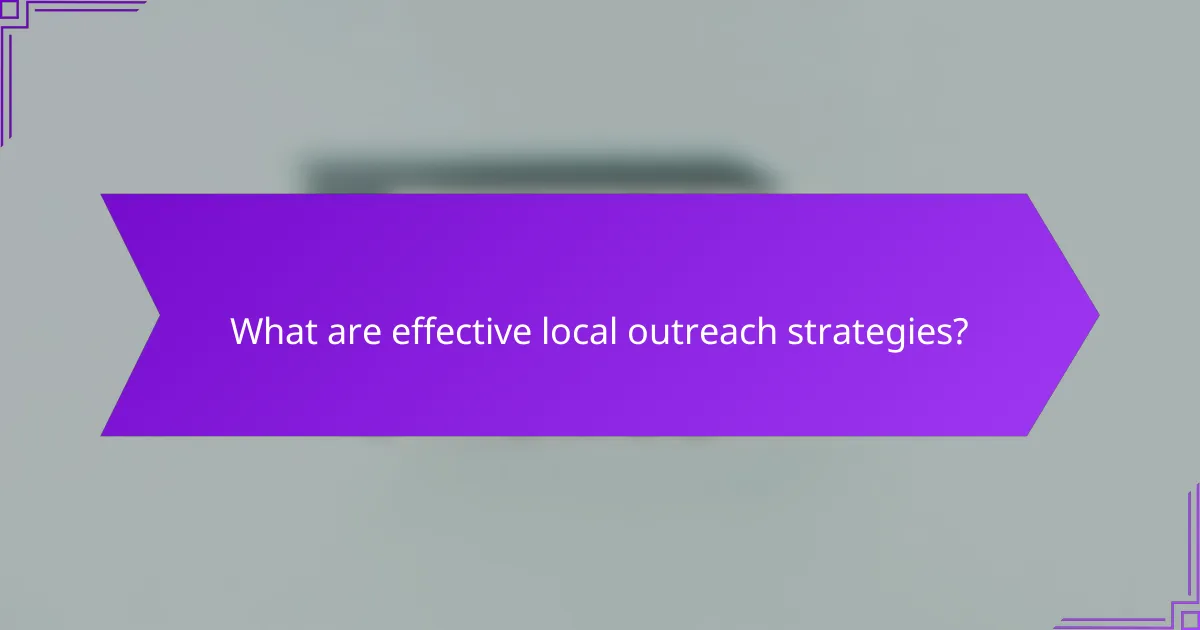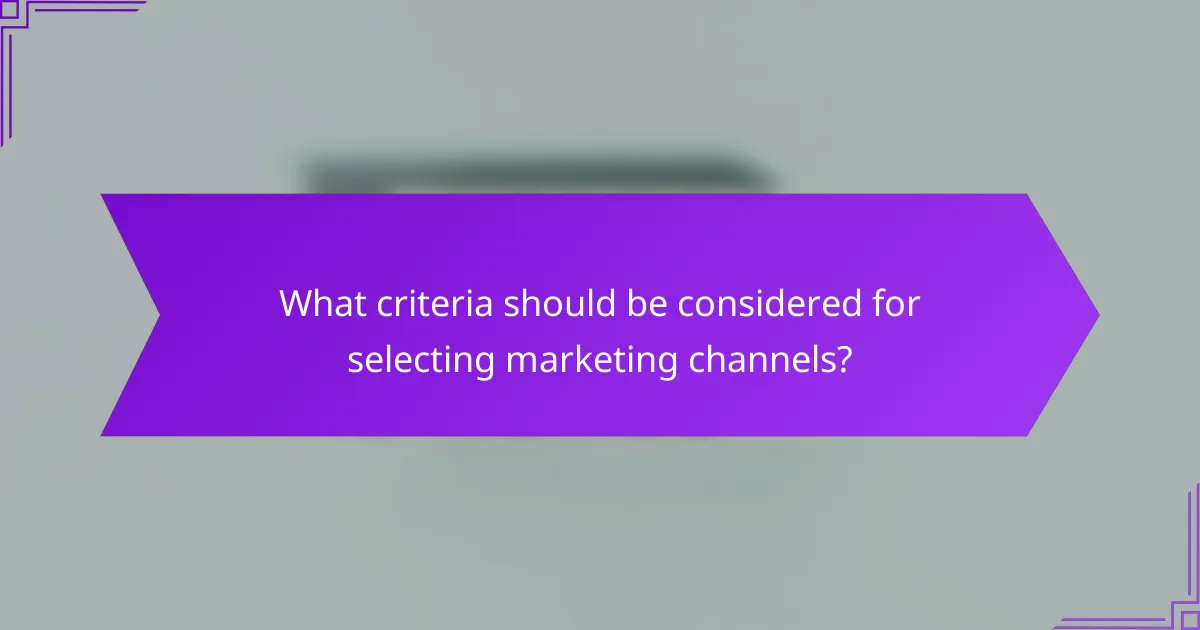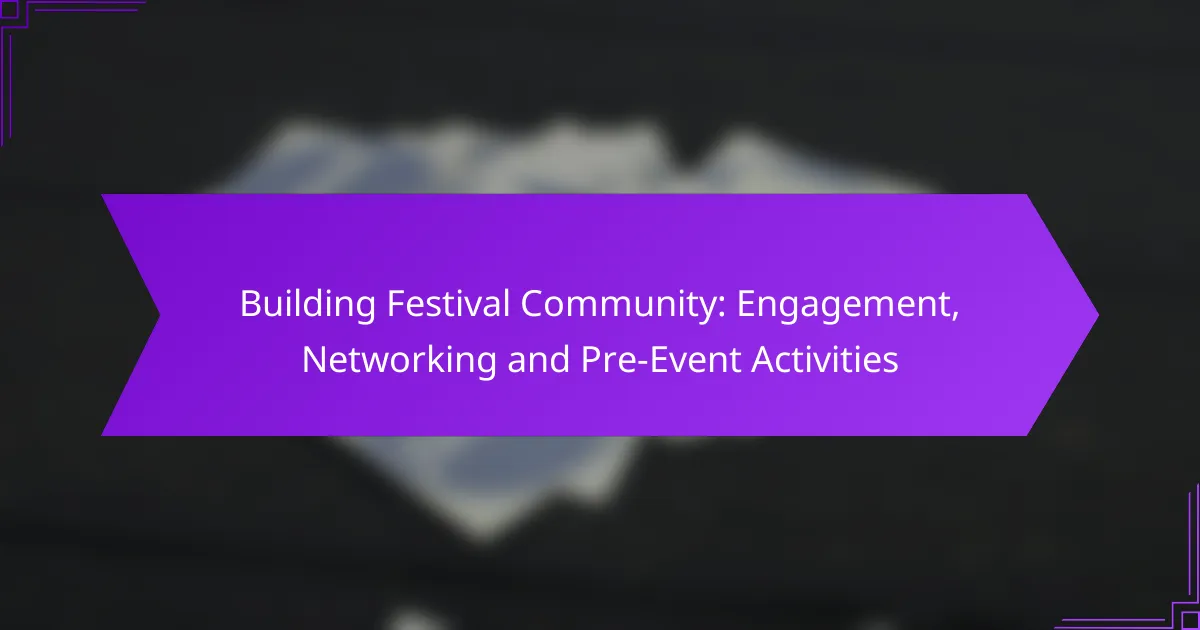In today’s competitive landscape, budget-friendly marketing ideas are essential for businesses looking to maximize their impact without overspending. By focusing on social media engagement, strategic partnerships, and effective local outreach, companies can build brand awareness and foster customer loyalty while leveraging community resources. These creative strategies not only enhance visibility but also cultivate meaningful connections with audiences.

What are budget-friendly social media marketing ideas?
Budget-friendly social media marketing ideas focus on maximizing engagement and reach without significant financial investment. These strategies leverage creativity and community involvement to build brand awareness and foster customer loyalty.
Engaging content creation
Creating engaging content is essential for capturing attention on social media. This can include eye-catching visuals, informative videos, or relatable stories that resonate with your audience. Aim for content that encourages interaction, such as polls or questions, to boost engagement rates.
Consider using tools like Canva for graphic design or free video editing software to produce high-quality content without breaking the bank. Regularly posting diverse content types can keep your audience interested and coming back for more.
Utilizing user-generated content
User-generated content (UGC) is a powerful way to enhance your brand’s credibility while minimizing costs. Encourage your customers to share their experiences with your products or services on social media. This not only provides authentic content but also fosters a sense of community.
To incentivize UGC, consider creating a branded hashtag or featuring customer posts on your official page. This approach can significantly increase your reach and engagement without requiring a large marketing budget.
Hosting giveaways and contests
Giveaways and contests can quickly generate buzz and attract new followers. These events encourage participants to engage with your brand, often requiring them to like, share, or tag friends to enter. This can lead to increased visibility and a broader audience.
When planning a giveaway, ensure that the prize is relevant to your target audience. Keep the entry requirements simple to maximize participation, and promote the contest across your social media platforms for the best results.
Collaborating with micro-influencers
Collaborating with micro-influencers can be a cost-effective way to reach niche audiences. These influencers typically have smaller, highly engaged followings, making them more relatable and trustworthy to their audience. Partnering with them can amplify your brand’s message without the hefty price tag of larger influencers.
When selecting micro-influencers, look for those whose values align with your brand. A genuine partnership can lead to authentic promotions that resonate with their followers, enhancing your brand’s visibility and credibility.
Leveraging local hashtags
Using local hashtags can help your business connect with nearby customers and enhance community engagement. By incorporating location-specific tags, you can increase the likelihood of being discovered by users in your area looking for products or services like yours.
Research popular local hashtags relevant to your industry and include them in your posts. This strategy can improve your visibility in local searches and foster a sense of community around your brand, ultimately driving foot traffic and online engagement.

How can partnerships enhance marketing efforts?
Partnerships can significantly enhance marketing efforts by leveraging shared resources, audiences, and expertise. Collaborating with other businesses or organizations allows for cost-effective strategies that can reach a wider audience while building credibility and trust.
Co-hosting events with local businesses
Co-hosting events with local businesses is an effective way to pool resources and attract more attendees. This could include workshops, community fairs, or promotional events that showcase both brands. By combining efforts, you can share costs and marketing responsibilities, making it budget-friendly.
Consider targeting events that align with your audience’s interests. For example, a local coffee shop and a bookstore could host a reading event, drawing in customers from both businesses. Ensure to promote the event through both partners’ channels for maximum exposure.
Cross-promotional campaigns
Cross-promotional campaigns involve two or more businesses collaborating to promote each other’s products or services. This strategy can be implemented through social media shoutouts, email newsletters, or bundled offers that provide value to customers from both brands.
For instance, a fitness studio might partner with a health food store to offer discounts to each other’s customers. This not only enhances visibility but also builds a community around shared interests. Make sure to track the results of these campaigns to understand their effectiveness.
Affiliate marketing programs
Affiliate marketing programs allow businesses to incentivize partners to promote their products or services in exchange for a commission on sales generated. This approach can expand your reach without upfront costs, as you only pay for successful referrals.
To set up an affiliate program, define clear terms, such as commission rates and payment schedules. Use tracking software to monitor sales and ensure transparency. Consider recruiting local influencers or bloggers who resonate with your target market to maximize impact.

What are effective local outreach strategies?
Effective local outreach strategies involve engaging with your community to build relationships and enhance brand visibility. These strategies can include participating in events, collaborating with local media, and offering educational opportunities that resonate with your target audience.
Participating in community events
Engaging in community events allows businesses to connect directly with local residents and showcase their products or services. Consider sponsoring local festivals, farmers’ markets, or charity runs, which can provide excellent exposure and foster goodwill.
When participating, ensure your branding is visible, and consider setting up a booth or offering samples. This direct interaction can lead to immediate customer engagement and long-term loyalty.
Building relationships with local media
Establishing connections with local media outlets can significantly enhance your visibility. Reach out to local newspapers, radio stations, and online platforms to share newsworthy stories about your business, such as new product launches or community involvement.
Consider offering exclusive interviews or insights to journalists, which can lead to features that highlight your brand. Regularly engaging with media can keep your business top-of-mind for local audiences.
Offering workshops or free classes
Hosting workshops or free classes can position your business as an expert in your field while providing value to the community. Identify topics that align with your business and are of interest to local residents, such as cooking classes for a restaurant or DIY workshops for a home improvement store.
Promote these events through social media and local community boards. Not only do these initiatives build goodwill, but they also create opportunities for participants to become customers.

What criteria should be considered for selecting marketing channels?
When selecting marketing channels, consider factors such as your target audience, cost-effectiveness, and the potential reach and engagement of each channel. These criteria will help you choose the most suitable platforms for your budget-friendly marketing efforts.
Target audience demographics
Understanding your target audience demographics is crucial for selecting the right marketing channels. Analyze factors such as age, gender, location, and interests to determine where your audience spends their time online. For example, younger audiences may prefer platforms like TikTok and Instagram, while older demographics might engage more on Facebook or LinkedIn.
Utilize tools like Google Analytics or social media insights to gather data on your audience. This information will guide your decisions and ensure your marketing efforts resonate with the right people.
Cost-effectiveness of each channel
Cost-effectiveness is a key consideration when choosing marketing channels. Evaluate the costs associated with each platform, including advertising fees, content creation, and management time. Social media platforms often offer low-cost or even free options, making them attractive for budget-conscious marketers.
Compare the return on investment (ROI) for different channels. For instance, organic social media posts may require more time but can yield significant engagement without direct costs, while paid ads can provide quicker visibility but at a higher expense.
Potential reach and engagement
The potential reach and engagement of each marketing channel can significantly impact your campaign’s success. Assess how many users each platform has and how actively they engage with content. For example, platforms like Instagram and TikTok have high engagement rates, making them effective for visually-driven campaigns.
Consider the nature of your content and how it aligns with the platform’s strengths. Video content may perform better on YouTube and TikTok, while informative articles might be more suited for LinkedIn or a company blog. Tailoring your approach to each channel’s characteristics will enhance your overall marketing effectiveness.

How can businesses measure the success of budget-friendly marketing?
Businesses can measure the success of budget-friendly marketing by tracking key performance indicators (KPIs) that reflect engagement, traffic, and conversions. These metrics provide insights into how effective marketing strategies are in reaching and influencing target audiences.
Tracking social media engagement metrics
To gauge the effectiveness of social media marketing, focus on metrics such as likes, shares, comments, and follower growth. These indicators show how well your content resonates with your audience and can help identify which types of posts generate the most interaction.
Consider using tools like Hootsuite or Buffer to streamline tracking. Aim for a consistent review schedule, such as weekly or monthly, to assess trends over time and adjust your strategy accordingly.
Analyzing website traffic from campaigns
Website traffic analysis helps determine how well your marketing campaigns drive visitors to your site. Use Google Analytics to track metrics like unique visitors, page views, and bounce rates to understand user behavior and engagement levels.
Look for spikes in traffic correlating with specific campaigns or promotions. This data can help you refine your marketing efforts, focusing on channels that yield the best results, whether through social media, email, or partnerships.
Evaluating conversion rates
Conversion rates measure the percentage of visitors who take a desired action, such as making a purchase or signing up for a newsletter. To calculate this, divide the number of conversions by the total number of visitors and multiply by 100.
Monitoring conversion rates allows you to assess the effectiveness of your marketing strategies. A low conversion rate may indicate issues with your landing pages or the need for better-targeted messaging. Regularly test and optimize your calls to action to improve these rates.

What emerging trends should businesses watch in budget marketing?
Businesses should pay attention to trends that emphasize cost-effective strategies while maximizing reach and engagement. Key areas include sustainability, community partnerships, and innovative social media tactics that resonate with consumers.
Increased focus on sustainability
Many consumers now prefer brands that prioritize sustainability, making it a vital trend for budget marketing. Businesses can adopt eco-friendly practices and communicate these efforts through their marketing channels to attract environmentally conscious customers.
To implement sustainable marketing, consider using recycled materials for promotional items or digital marketing strategies that reduce waste. Highlighting your commitment to sustainability can differentiate your brand and build loyalty among consumers who value environmental responsibility.
Engage your audience by sharing stories about your sustainability initiatives on social media. Simple actions, such as reducing plastic use or supporting local environmental causes, can enhance your brand image and foster community support.



